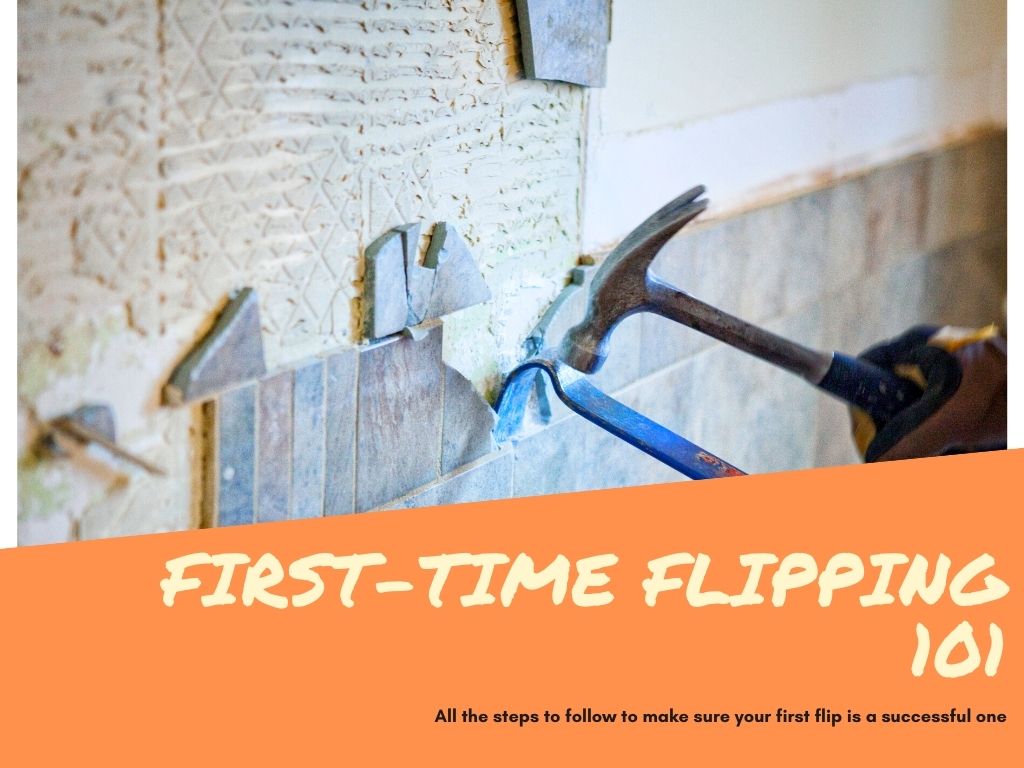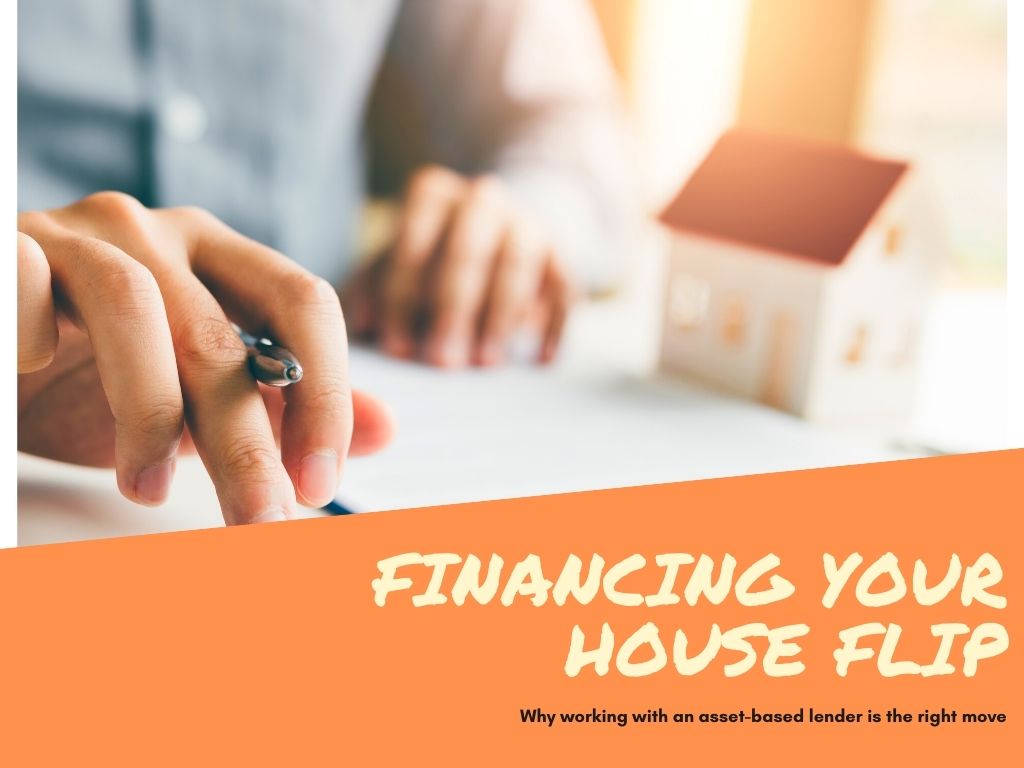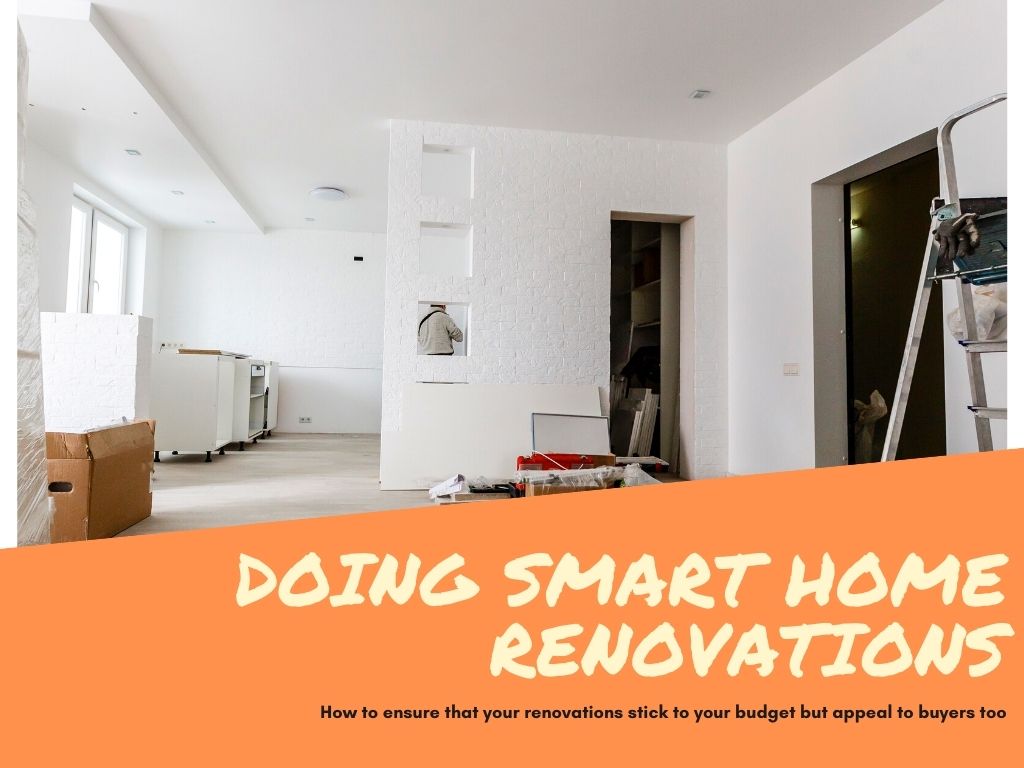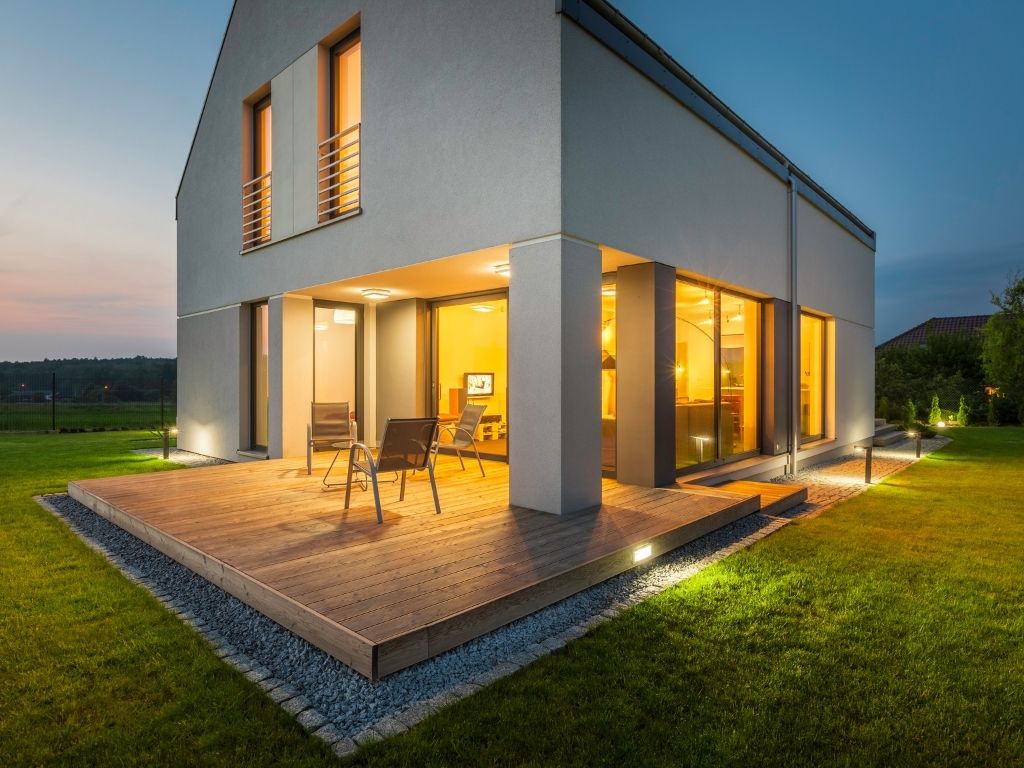More and more people are getting interested in investing in real estate, and house flipping is no exception. Describing the practice of buying undervalued homes, renovating them, and reselling them for a profit, knowing how to flip a house for the first time is essential for investors that want to make their project a success.
Below we’ve put together our full guide to flipping a house for the first time, including information about finding properties, funding them, and making sure you come out on top:
Table of Contents
What Is House Flipping And Is It For Me?

House flipping is just one way that investors can leverage real estate to make an additional stream of income. Instead of buying a primary residence to live in, the investor looks for a home that they can make attractive to other buyers. The investor will do this by completing renovations to improve the value of the property.
While renovating the home, the investor has to work to a strict timeline. The old saying goes “time is money” and this applies heavily to this type of investment. Every day the investor holds on to the property is a day they are responsible for expenses beyond renovations and labor, often referred to as carrying costs.
The most successful house flippers are the ones that are able to manage their expenses wisely. This starts all the way back when selecting the home they are planning to flip and continues through to the final sale.
This is an active investment strategy requiring a lot of management from the investor’s side, meaning if you’re looking for passive income this might not be the right thing to pursue.
To dive deeper into this topic, check out our guide on how much money you need to flip a house.
How To Flip A House For The First Time

Flipping a house for the first time can be a daunting task. There are many parts that have to come together for a house flip to be successful, and even knowing where to start can be tough.
Luckily, you have this guide in hand.
The very first thing to do when you’re planning on getting started in house flipping is to make sure you have all the facts. The best way to do this is by doing research on local real estate markets.
Not every market has good potential for property flips, and as an investor, you’ll need to be selective about the one you buy into. The last thing you want is to buy a money pit you can’t sell!
For first-time investors looking for a home to flip, there are certain market characteristics to look out for that can indicate potential. Neighborhoods can be divided into different categories, ranging from A to D. Neighborhoods that fall into group “A” will have the most expensive housing options, while “B” neighborhoods fall into the middle class. Blue-collar neighborhoods are categorized under “C” and “D” neighborhoods are for the lowest-income population groups.
The best place for a newbie to get started is in a “B” or “C” neighborhood. Other categories are better reserved for more experienced investors or those that specialize in taking on riskier flips. These neighborhoods can come with additional costs like higher insurance premiums for example. For now, you’re just trying to get your feet wet.
Middle-class neighborhoods should be your target for buying your first property. Other characteristics that you can look for in a neighborhood that indicate good potential include average income, level of employment, the presence of amenities like public transportation or stores.
A good tip is to think about the neighborhood in terms of the needs your buyers will have. If the majority of people in that neighborhood have children, then it will be essential to look for a home that is close to a good school zone.
Some investors do a workaround to finding the right neighborhood by choosing to buy in a neighborhood they either currently live in or have lived in in the past. This way they are already familiar with all the above factors when buying. But what do you do if real estate in your own neighborhood is too expensive?
The next best option is to think about buying in a closeby location that is within driving distance. Investing out of state is an option, but one that can be difficult for new investors to pursue.
Setting Up A Business Plan

The next step for the investor is to set up a business plan and a formal budget for the project. Since it’s a business investment, it’s important to make sure that you have all your ducks in a row.
What are the things that need to be included in your business plan, you ask? You don’t need to create a document that’s over the top, since you only need a few key pieces of information. At the bare minimum, you’ll want to add information like a budget, estimated timeline, and the scope of the project.
When writing yours, try and answer questions about your situation. Ask how much you are willing to invest, how much you need to save up, and how much are you willing to do.
On the budget side, there will be more costs to consider than just the purchase price. You’ll also want to try and get accurate estimates of how much renovations could cost. For beginners, it’s better to look at cosmetic updates that are relatively low-impact and don’t require a lot of experience.
Getting Additional Financing

The majority of investors don’t have the resources available to go out there and buy a house to flip in cash. Instead, these investors will work with financing options like asset-based loans to purchase, renovate, and resell their homes.
Asset-based lenders grant loans based on the value of the home, meaning that if the investor was to default on their loan payments the lender would take possession of the property. When it comes to this type of real estate investment, the investor’s home is unlikely to qualify for funding from a traditional lending institution like a bank.
There are multiple benefits to working with an asset-based lender. New Silver, for example, allows investors to apply for funding online in under 10 minutes, get final approval and close within a week. Interest rates on this type of investment can be higher but have a different impact than you would expect. Because you’ll only be making a few payments on this loan, the interest rates are more balanced with the total cost of the house flip.
Choosing A House To Flip

The property you choose to flip will have a significant effect on how much you make from the deal when the time to sell comes around.
The secret to choosing a good house to flip is to look for a property that is below the average value for that neighborhood. This is the easiest way for the investor to ensure that they have a wide enough margin to manage all of their expenses. It’s typically recommended that the investor use the 70% rule to calculate whether the property they are buying will be profitable or not.
The question here is how do you find an undervalued property? It’s not always as easy as it may be when buying a normal home.
One of the methods investors use is to go off-the-market, meaning they’ll look for homes that have not yet been formally listed for sale. Others will work with a realtor or wholesaler that has an existing network of homes and buyers or use recent divorce or death records as an indication of a property that will be for sale soon. The problem is that finding leads on property deals via these methods is time-intensive.
With FlipScout by New Silver, finding properties with flip potential is as easy as entering a location or zip code and finding dozens of undervalued or pre-foreclosed homes. Free to use online right now, FlipScout is a game-changing tool that lets you see potential ROI, renovation cost, and a variety of other data snippets that can help you find your next deal.
Once you’ve found a good deal, it’s as simple as making sure you make a suitable offer and coming to an agreement with the seller.
Renovating The Property

If your offer has been accepted, then congratulations! You’ve acquired your first flip property and it’s time to start working on renovating it. This is the part most investors look forward to the most since it gives them the opportunity to exercise some creative freedom. The only problem is that this is also the place where the budget is most easily compromised.
Renovating a property with the idea of selling it quickly means that your upgrades need to be carefully planned, executed quickly, and with quality and appeal to the buyers that will view them. Not all renovations will improve the overall value of the home, and some could even cost you that first rush of excited property viewers.
The renovations that are best to focus on as a less experienced investor are cosmetic renovations. Cosmetic renovations include things like repainting, landscaping, and doing general repairs. These are often projects that the investor can take on themselves to save on the cost of labor. What makes these renovations so effective is where they are applied. If you focus your repainting or tiling efforts in the kitchen, for example, you will be upgrading one of the rooms considered to be most important by buyers.
The thing that matters the most is that you stick to your planned budget and timeline. Every day that you hold onto the property is another day that you are responsible for utility costs, taxes, and other expenses that can eat into your profits. If you do plan to work with a contractor, make sure that they have been pre-vetted and can keep to your expectations.
For your flip to be successful, you’ll want to focus on renovating and reselling it as fast as possible so that you can repay your loan.
Selling The Property

With renovations completed, it will be time to advertise the property for sale. You’ll want to ensure that the price you set for the home is in line with other property prices in the area, but that it is also enough to cover all of the expenses you incurred. Some investors work with a property appraiser to set up their final price – your lender may even be able to help you with a connection here.
Remember that first impressions will be everything and that you’ll want to check that the property is putting it’s best foot forward. Look at the property objectively and ask if you were a buyer, would you be interested in putting in an offer? Little touches like adding lots of greenery can have a big impact on buyer perception. When listing it online, this will also apply. Make sure you’re using quality real estate photos that show the home in the best light.
The first wave of property viewers will be the most important, and you’ll want to maximize your marketing to get this wave as big as possible. List the property on online platforms, add a nice big “for sale” sign to the front, and get the word out any way you can.
The Bottom Line
Learning how to flip your first property might be challenging, but it can also be incredibly rewarding. House flips can be like a bug; once it’s bitten you you might find it difficult to stop. Going from your first flip to your second will be much simpler since you’ve already done the groundwork and gained some experience.
In a lot of ways, flipping a house will be easier once you’ve set up your connections like your lender, contractors, property appraiser, and more, you’ll be able to depend on them again in the future. They do say it takes a village!

